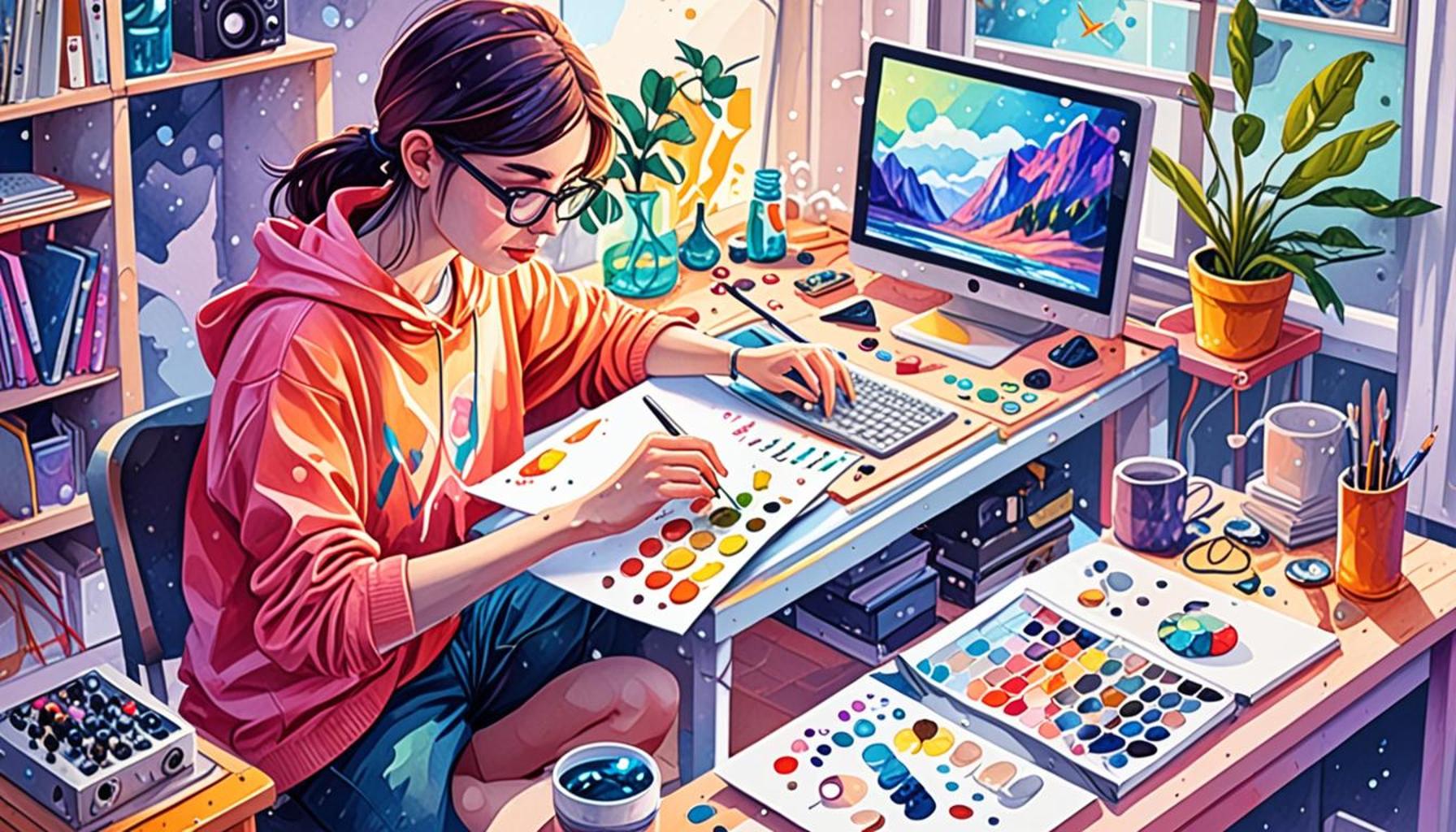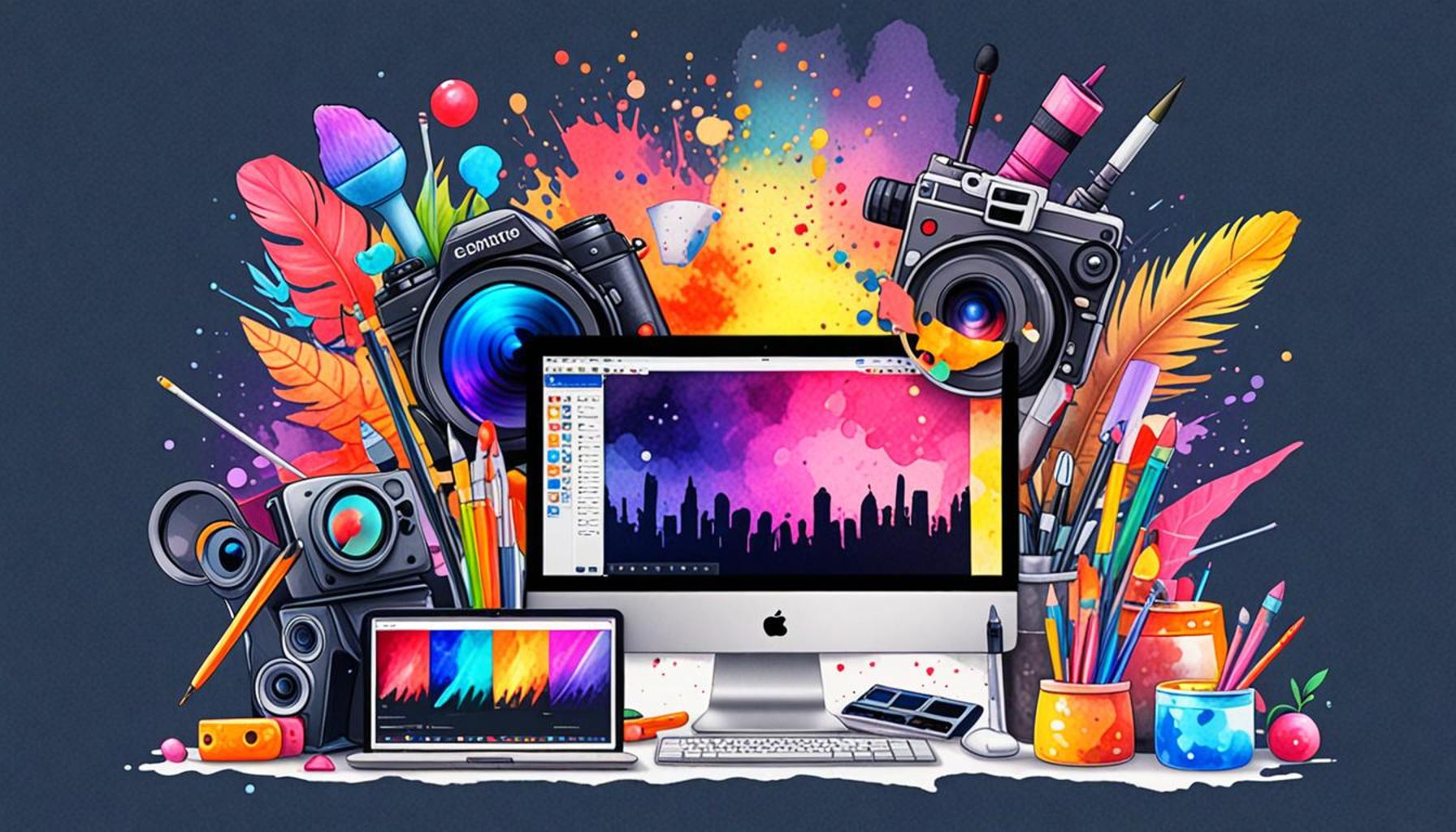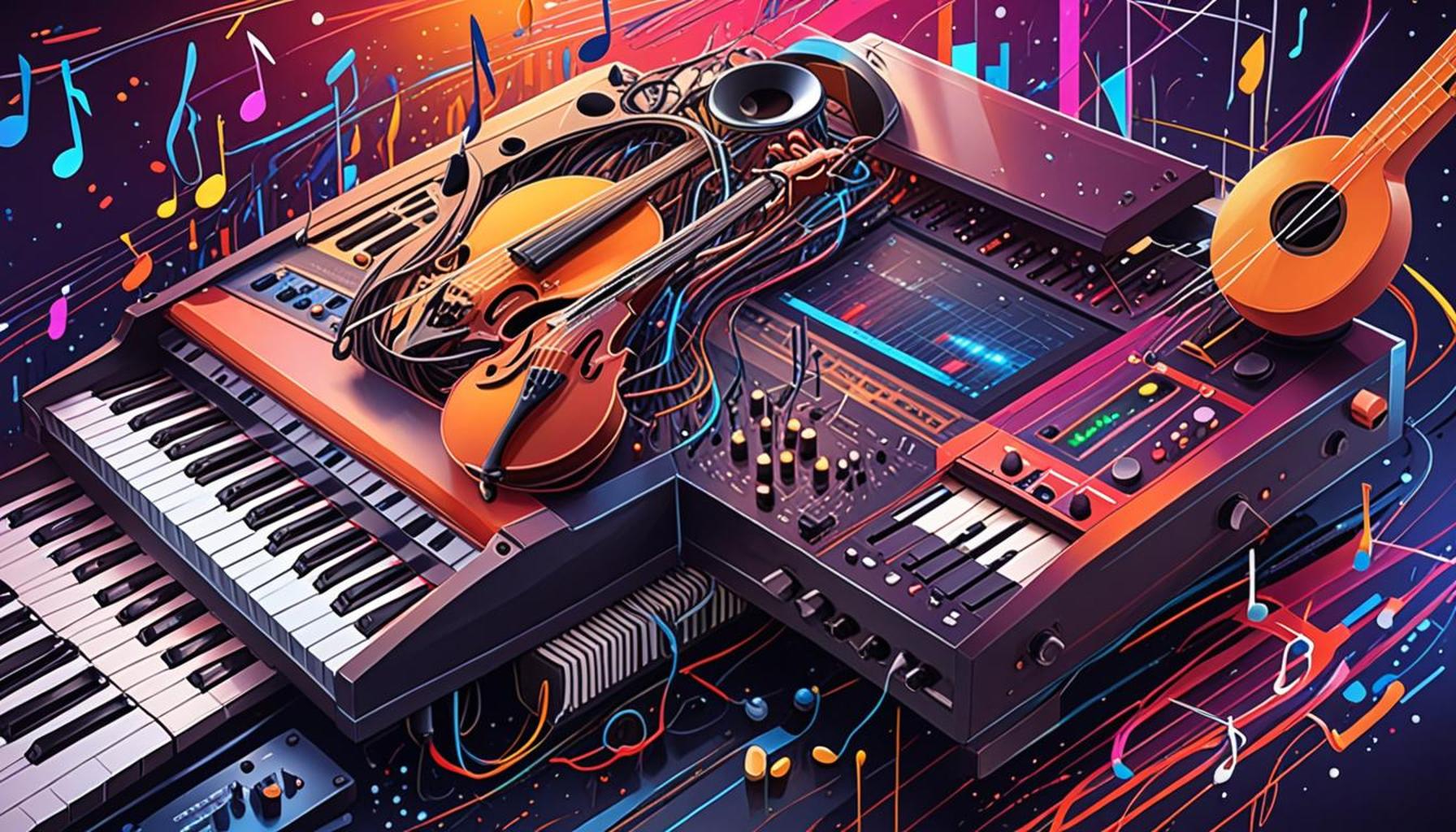How Blockchain Is Transforming the Creation and Sale of Digital Art
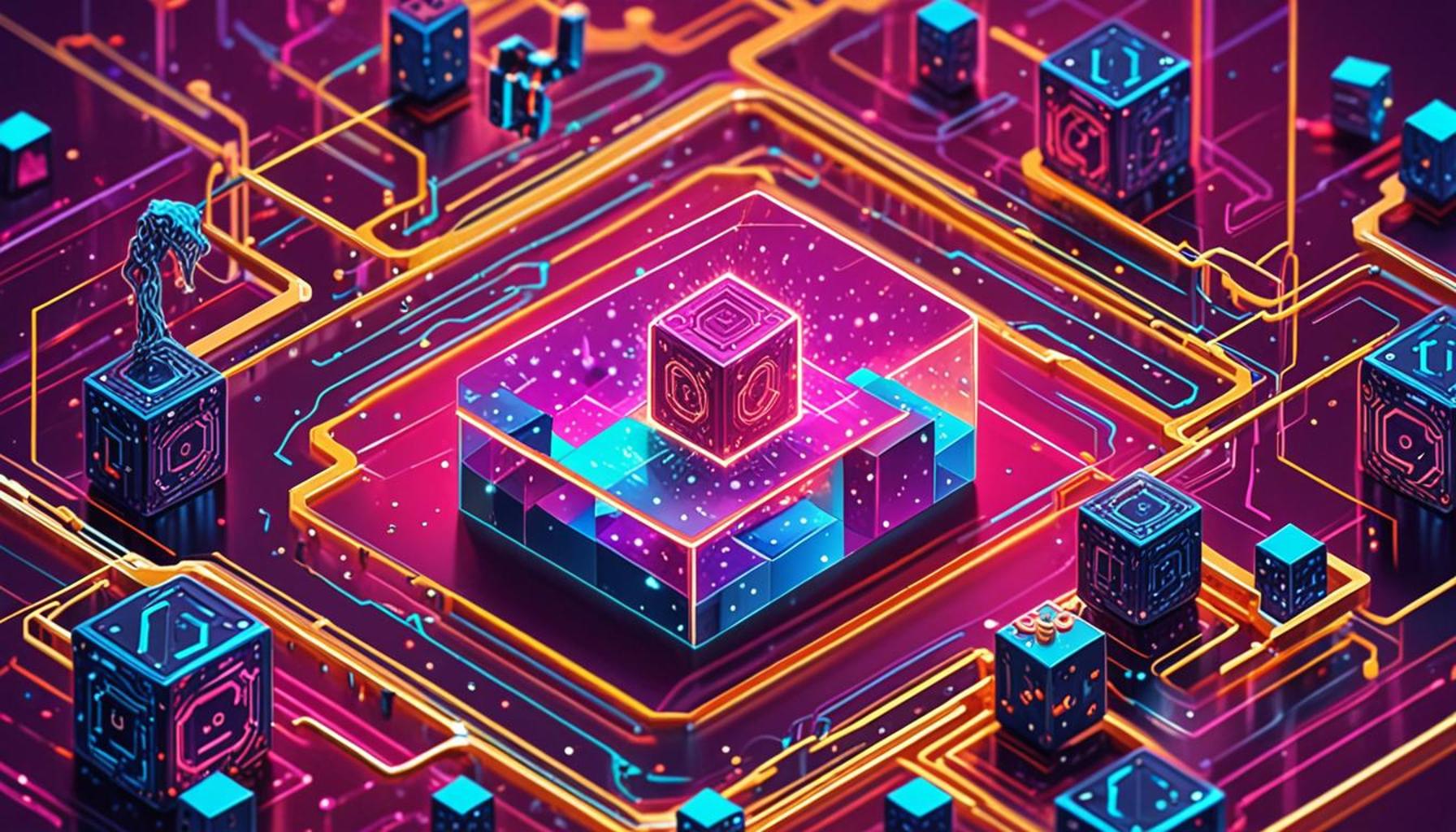
Transformative Effects of Blockchain on Digital Art
The art world is experiencing a remarkable transformation with the introduction of blockchain technology. Artists and collectors alike are embracing this innovative tool, which is fundamentally changing how digital art is created, sold, and owned, fostering a new era of creativity and commerce.
Key Features of Blockchain in Art
Blockchain technology provides several crucial features that are revolutionizing the art landscape:
- Authenticity: Each piece of digital art can be verified through a blockchain ledger, creating a tamper-proof record of originality. This feature ensures that collectors can have confidence in the authenticity of their acquisitions, a crucial aspect in the sometimes murky waters of art transactions.
- Ownership: Artists maintain proof of ownership, which prevents theft and unauthorized reproductions. This clear chain of ownership helps to protect artists’ rights in an era where digital content can easily be copied and distributed.
- Smart Contracts: These self-executing contracts automatically enforce the terms of sale, facilitating transactions without the need for intermediaries. Moreover, they can ensure that artists receive royalties from secondary sales, which was often a missing element in traditional art markets.
The Rise of NFTs
In recent years, NFTs (Non-Fungible Tokens) have emerged as a groundbreaking means for artists to create unique digital assets that can be bought and sold on various online marketplaces. Unlike cryptocurrencies such as Bitcoin or Ethereum, which are fungible and can be exchanged for one another, NFTs represent a single, unique piece of content. This uniqueness adds a layer of scarcity and exclusivity that appeals to collectors.
For example, the digital artist Beeple sold an NFT for $69 million at a Christie’s auction, signaling a new wave of digital artwork that commands prices comparable to traditional masterpieces. Similarly, many celebrities and brands are jumping on the NFT bandwagon, creating buzz and excitement around the potential of digital assets.
Implications for Artists and Collectors
The incorporation of blockchain into the art world not only offers unprecedented opportunities for artists to monetize their work but also brings digital art into a respected realm alongside traditional mediums. Collectors are increasingly investing in digital pieces due to the added transparency and security provided by blockchain technology.
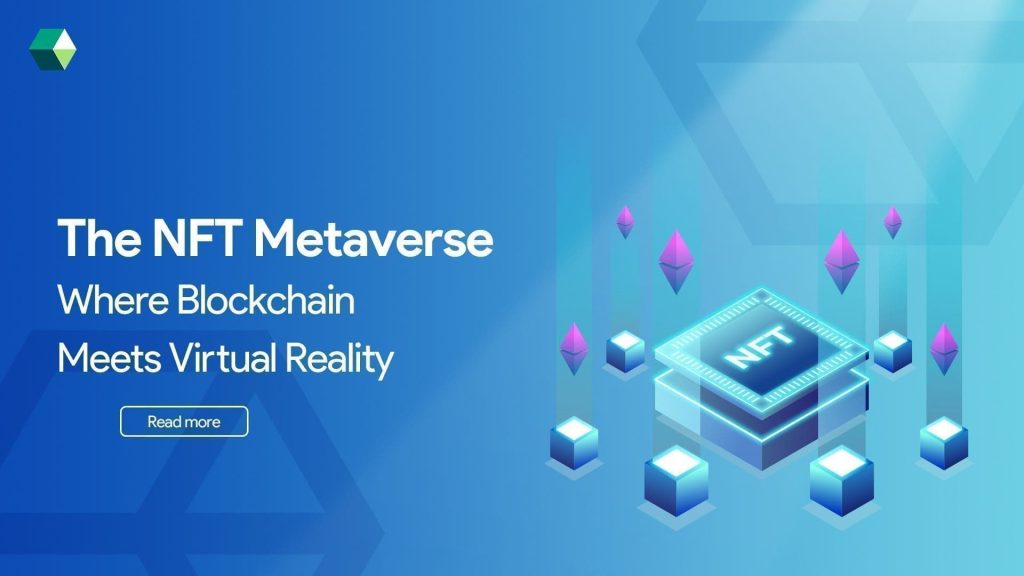
Moreover, understanding how blockchain is reshaping digital art opens the door to broader implications for the future of creativity. The intersection of technology and art is in its nascent stages, inviting all—artists, collectors, and enthusiasts—to explore this dynamic and burgeoning domain. The rapid advancements in technology promise to further blur the lines between digital and traditional art, ushering in new methods of expression and exchange.
As more artists leverage these tools to create, publish, and sell their work, the landscape of art ownership, appreciation, and valuation may never be the same. Now is an essential time for art lovers to engage with this compelling evolution in the market.
DISCOVER MORE: Click here to dive into outdoor culinary adventures
The New Paradigm of Digital Art Creation
The advent of blockchain technology has heralded a profound shift in the landscape of digital art creation. For many artists, the traditional barriers of entry associated with art distribution and sales have been dramatically lowered. No longer confined to physical galleries or reliant on intermediaries, creators can now directly connect with their audience through digital platforms.
Direct Artist-to-Collector Relationships
Blockchain technology facilitates a direct connection between artists and collectors, enabling creators to showcase their work on various NFT marketplaces without the need for traditional auction houses or galleries. This democratization of the art world is significant, as it allows artists to gain visibility and sell their work without incurring crippling fees. Key benefits include:
- Lower Costs: Artists can avoid hefty commissions typically charged by galleries, meaning they retain more of the earnings from their sales.
- Global Reach: The global nature of blockchain and NFTs allows artists to access a worldwide audience, breaking down geographical barriers that once limited exposure.
- Creative Control: Artists are able to specify their terms of sale, including pricing and distribution rights, enhancing their autonomy in the marketplace.
Innovative Artistic Practices
Beyond sales, blockchain is inspiring artists to explore innovative practices in their creative processes. Some are integrating interactive elements within their digital art, creating experiences that evolve based on viewer interaction or blockchain-based factors. For instance, an artist might design a piece that changes appearance based on the number of times it is shared on social media, thereby engaging the collector and their network in a unique conversation around the artwork.
Additionally, the concept of digital scarcity fosters a new way of thinking. Artists can create limited editions of their works, further enhancing perceived value. This sense of scarcity, often absent in digital art where copies proliferate easily, drives demand and alters the collector’s mentality, similar to traditional art markets.
The Role of Community in Digital Art
Blockchain technology is also reshaping how artist communities form and interact. Platforms like Discord and Twitter Spaces have become vital tools for artists to engage with supporters and fellow creators. These communities foster collaboration and encourage the sharing of resources, tips, and support, building a sense of belonging in the often-isolated world of digital art.
As these blockchain-powered communities grow, they redefine the notion of success for artists. It is no longer just about financial gain; it’s about connection, influence, and participation in a community that celebrates creativity. This cultural shift may very well redefine what it means to be a successful artist in the digital age, where engagement and authenticity are just as valuable as monetary compensation.
In summary, blockchain is not merely a transactional tool; it is a catalyst for a new wave of artistic expression and creativity. Its impact on digital art creation is substantial, marked by enhanced accessibility, innovative practices, and vibrant community dynamics, which challenge the established norms of the art world.
| Advantage | Details |
|---|---|
| Authenticity Verification | Blockchain technology allows artists to prove the originality of their work, eliminating counterfeit issues in the art world. |
| Decentralized Marketplace | Artists can sell their digital art directly to consumers through decentralized platforms, increasing earnings by removing intermediaries. |
The transformative effects of blockchain on digital art are not only reshaping the buying and selling process but also creating a fundamentally new landscape for artists themselves. The ability to verify authenticity is one of the hallmark advantages that blockchain brings to digital artists. This technology acts as a public ledger, ensuring that each piece of art can be traced back to its creator, thereby fostering trust and value in an industry historically plagued by issues of forgery and piracy.Moreover, the emergence of decentralized marketplaces enables artists to connect directly with their audience, allowing for greater control over pricing and sales. This evolution minimizes the reliance on traditional galleries and auction houses, which often take significant commissions. As artists embrace blockchain’s vast opportunities, they not only protect their intellectual property but also empower themselves economically in ways previously unimaginable. Such shifts stimulate not only individual artist’s careers but also enrich the cultural dialogue surrounding digital art, prompting further exploration into this dynamic intersection of technology and creativity.
DISCOVER MORE: Click here to delve deeper
The Evolution of Ownership and Provenance in Digital Art
As blockchain technology revolutionizes the digital art landscape, one of its most transformative impacts lies in its ability to establish strong frameworks for ownership and provenance. In traditional art markets, verifying the authenticity and history of a piece can be convoluted and fraught with challenges. With the introduction of NFTs secured by blockchain, the narrative surrounding ownership in art has been fundamentally altered.
Immutable Digital Ownership
Blockchain provides an immutable ledger, enabling the clear and secure transfer of ownership for digital artworks. Each NFT is uniquely identifiable, containing all pertinent information about the artwork, including its creator, previous owners, and sales history. This transparency allows collectors to trace an artwork’s lineage with certainty, significantly minimizing the risks of fraud or forgery that have historically plagued the art world. As a result, collectors can invest in digital art with confidence, fortified by the blockchain’s reliable documentation.
Smart Contracts and Royalties
The integration of smart contracts within the blockchain ecosystem has further enhanced the way artists receive compensation for their work. Artists can encode royalties directly into their NFTs, ensuring they earn a percentage from every resale. For example, if an artwork originally sold for $1,000 is later resold for $10,000, the artist can automatically receive a predefined percentage, such as 10%, of that second sale, translating to an additional $1,000 in their pocket. This ongoing income model contrasts sharply with traditional sales models where artists receive payment only upon the initial sale, often limiting their financial security.
The Rise of Community and Collaboration through Decentralization
The blockchain landscape promotes decentralization, allowing artists to build and foster communities with like-minded creators and collectors. Platforms like Foundation and SuperRare focus on decentralized governance structures where community members have a voice in the platform’s developmental decisions. This collaborative spirit empowers artists to engage with their audience actively, encouraging feedback, participation, and even joint projects. Furthermore, initiatives like DAOs (Decentralized Autonomous Organizations) have emerged, allowing artists to pool resources, fund projects, and share profits collectively, thus redefining what it means to be part of an artistic community.
The Intersection of Physical and Digital Art
As digital and physical art worlds increasingly intersect, blockchain stands at the forefront of this convergence. Numerous artists are now creating hybrid experiences that meld physical artworks with their digital counterparts. For example, an artist might produce a physical painting paired with an NFT that serves as a digital certificate of authenticity. This not only enhances the value of the physical piece but also creates an engaging context for collectors interested in both realms. Furthermore, the ability to showcase digital artworks in virtual galleries offers an innovative way to experience art, challenging the traditional gallery model and inviting audiences to explore art in new formats.
In conclusion, the evolution of ownership, the introduction of smart contracts, and the rise of decentralized collaboration are among the pivotal ways blockchain is reshaping the digital art landscape. As artists wield new tools to control their work and engage with their communities, the possibilities for innovation and creative expression are boundless, marking a dynamic new chapter in the art world.
DISCOVER MORE: Click here to delve deeper
Final Thoughts on Blockchain’s Impact on Digital Art
The integration of blockchain technology into the realm of digital art heralds a new era characterized by innovation and democratization. As we’ve explored, the shift towards secure ownership and provenance through NFTs provides artists and collectors alike with unprecedented levels of confidence and transparency. With blockchain’s immutable ledger, artists can now authenticate their work and ensure that its value is preserved—bridging the gap that has long existed between digital and traditional art.
Furthermore, the introduction of smart contracts empowers creators by guaranteeing remunerative rights for their work, thereby fostering a sustainable income model that can adapt to today’s fast-paced art market. This, paired with the rise of decentralized platforms, encourages a vibrant and collaborative community dedicated to enriching the digital art scene. The emergence of initiatives such as DAOs further allows for shared collaboration, paving the way for collective projects that can amplify artistic voices.
As we witness the intersection of physical and digital art, opportunities to create compelling hybrid experiences continue to expand. Artists are no longer confined to conventional models; instead, they can explore and experiment with ways to enhance the viewer’s experience through interactive content and virtual environments.
In conclusion, as blockchain technology continues to mature, it remains at the forefront of transforming not only the creation and sale of digital art but also the very definition of art itself. By embracing these developments, artists and collectors can navigate a more equitable, transparent, and innovative art landscape. Exploring these advancements will undoubtedly reveal further opportunities for growth and inspiration in the digital art world.
